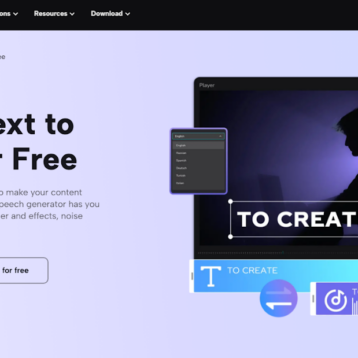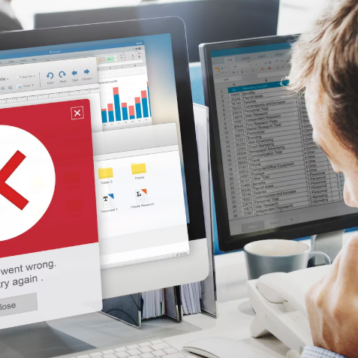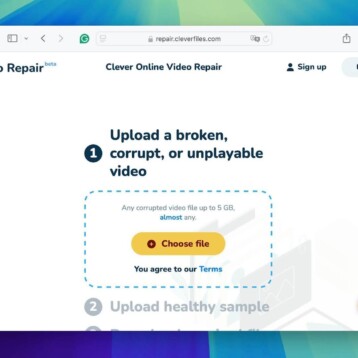Those who are interested in astronomy as a hobby will probably enjoy the new software, as it offers a wide variety of sky views with an interactive interface. Although more advanced users might require a more sophisticated program, Stellarium is a good option for beginners. Those who have never looked at the sky through a telescope may even find the experience exhilarating.
After downloading a relatively small installation file (about 9MB), users can effortlessly install the program and set up their global location using a virtual atlas or by entering the user’s latitude and longitude. Next, the users can set the level of detail to be displayed, at which point the real advantage of the program is revealed.
Stellarium uses a photo-realistic view, meaning that the display changes as the day goes by; at noon, the user sees a photographed countryside horizon, with blue skies above and the Sun correctly positioned. For instance, when looking to the south at midday, the Sun is situated directly in front of the user. Other optional views include the Cardinal points (North, South, West, East), drawings and names of constellations, and the Azimuthal and Equatorial grids – all of which can be toggled, of course.
A unique option enables toggling an ‘atmosphere’, simulating a gradual darkening of the sky that causes the stars to “come out”. The photo of the horizon, although very impressive, can be removed as well. All these changes are very simple to make and one keystroke can easily change each parameter. Another nice touch is the twinkling of the stars, which can also be set to a desired level.
Various objects displayed on the screen can be found by moving a set of cross hairs over an object and clicking on it. The basic information about the chosen object appears in the top left corner of the screen and includes its name, the Hipparchus catalogue number, the RA, Dec, and magnitude. If you click on a Messier object the M number (the NGC number), the RA, the Dec, and the magnitude are displayed. Unfortunately, the astronomical category of each object is not displayed (cluster, nebula, galaxy, etc).
The realistic skies are rendered in real time using the openGL Protocol. This open-source standard was developed alongside the implementation of GoTo systems, but there is no interface between the program and the collection of GoTo systems on the market. Although some might consider this to be a disadvantage, it definitely does not affect the experience itself, as the high-quality photos seem very realistic.
TFOT recently covered Microsoft’s WorldWide Telescope, which offers similar functions as Stellarium. We have also reported on the detailed worldwide survey of candidate astronomical sites for the thirty-meter telescope. Other related TFOT stories include a report on the 3D photo of Mars’ Hebes Chasma and the IceCube, the largest telescope in the world, which was built under hundreds of feet of Polar ice.







![How To Get Free Onlyfans Without Payment [7 Ways]](https://thefutureofthings.com/wp-content/uploads/2025/04/OnlyFans-MOD-APK-358x286.png)


